Everything you need to know about cooking with oil
Know your oils
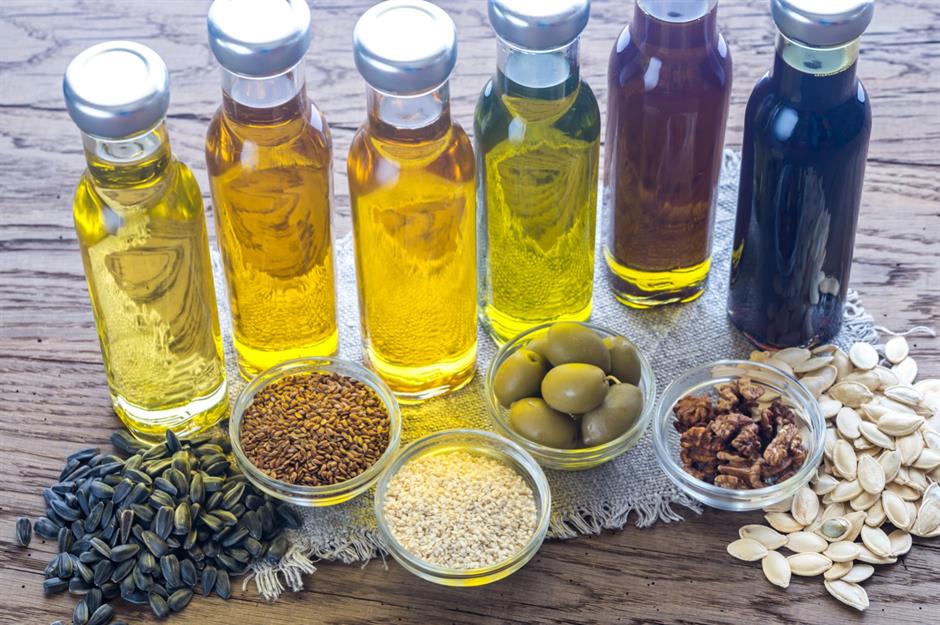
Buy the best you can afford
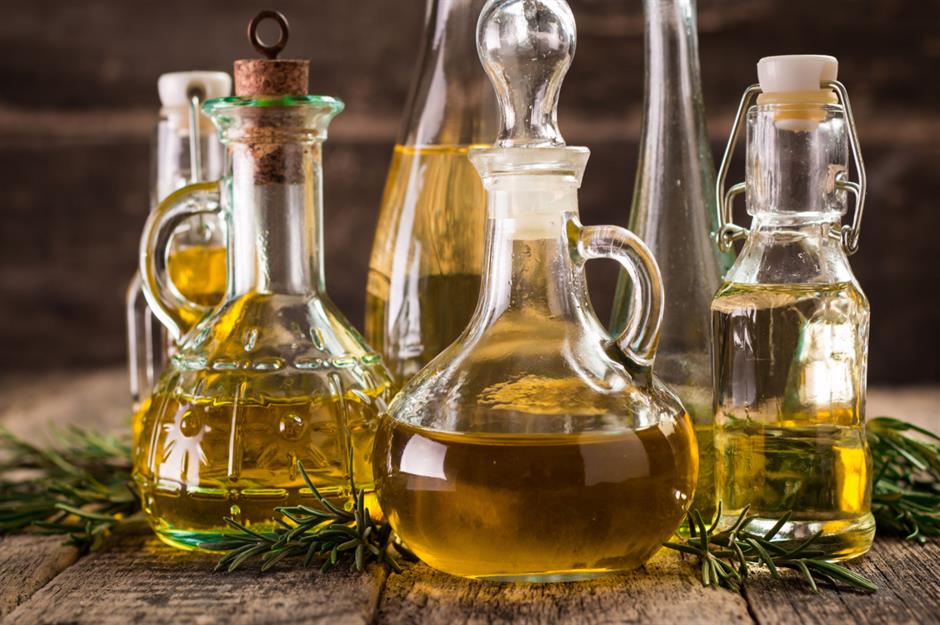
Olive oil
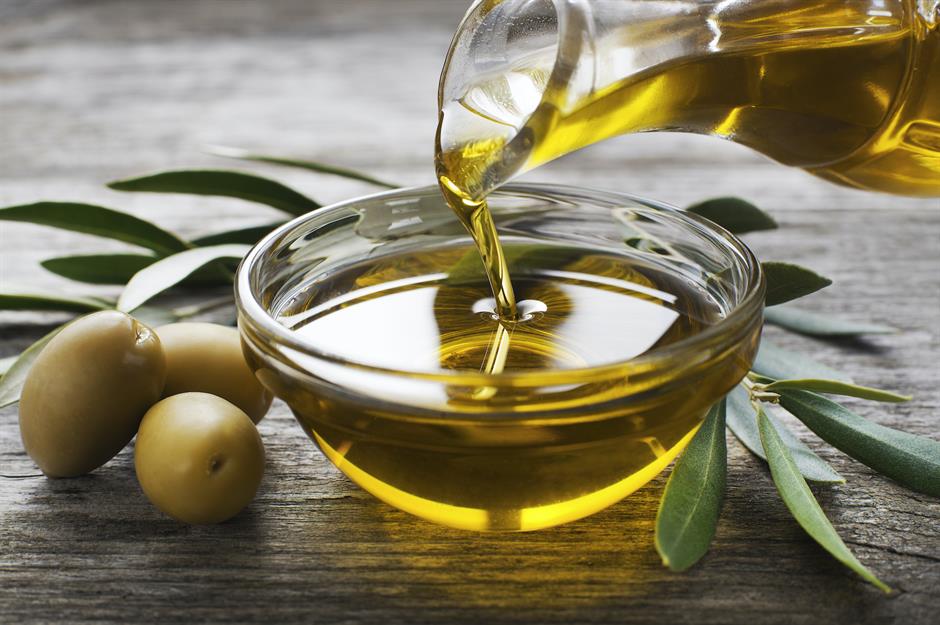
Cooking with extra virgin olive oil
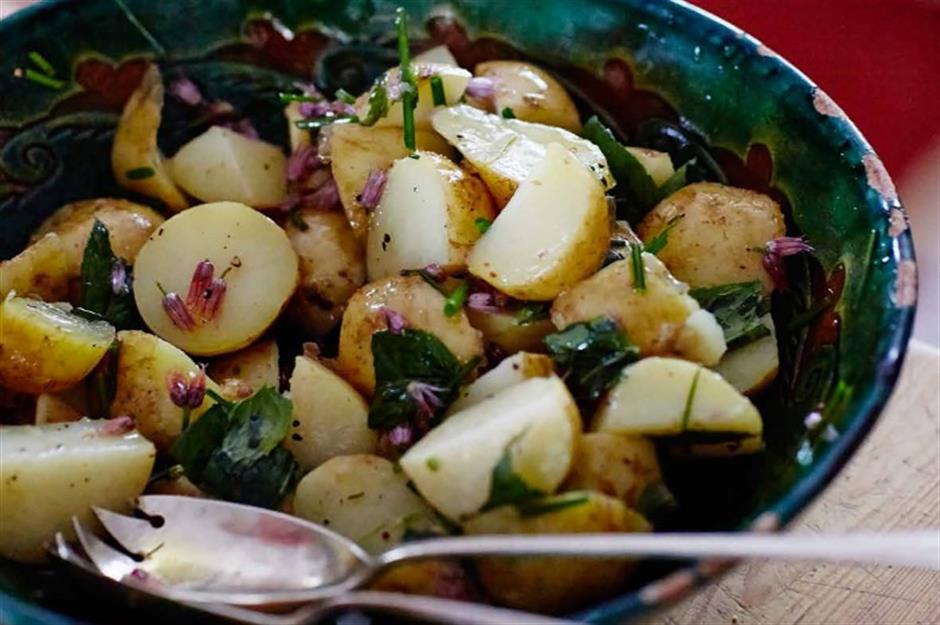
Light olive oil has a neutral flavour and is best for general cooking as it has a high smoke point of 240˚C (470˚F). However, it isn't suitable for deep frying because of its thicker consistency. Extra virgin olive oil has a strong, distinctive flavour that's best for dips, salad dressings and drizzling. Flavours vary – some are fruity, others quite peppery. Try our potato salad, dressed with olive oil and red wine vinegar.
Cooking with light olive oil
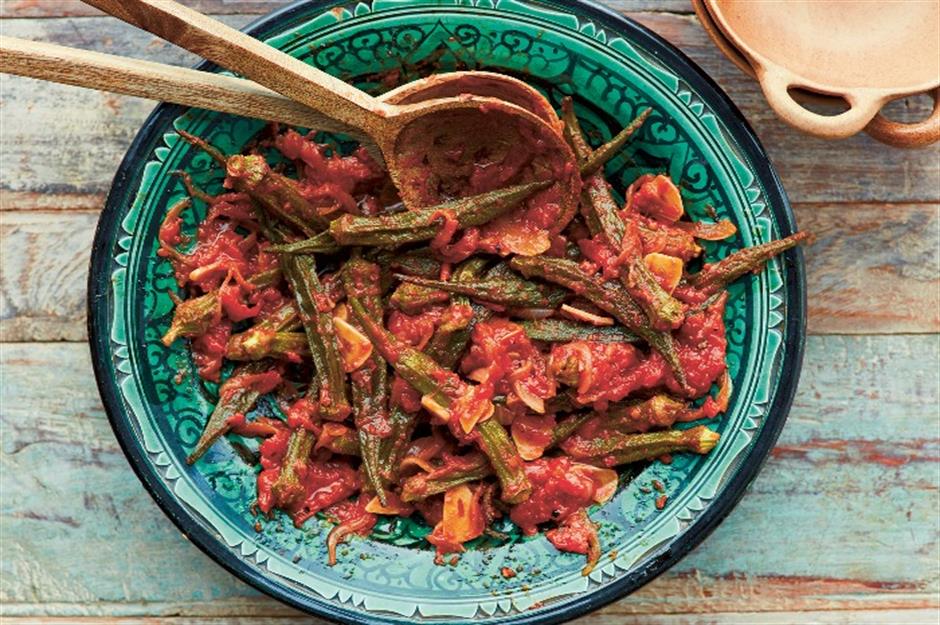
Light olive oil is your go-to oil for cooking, especially in Mediterranean and Middle Eastern recipes. Our Palestinian dish for roast okra with spicy tomato sauce uses it to perfection, and will dispel any myths about slimy okra. The trick is not to trim it too much – it's the release of the seeds which makes it gloopy.
Vegetable oil

Cooking with vegetable oil
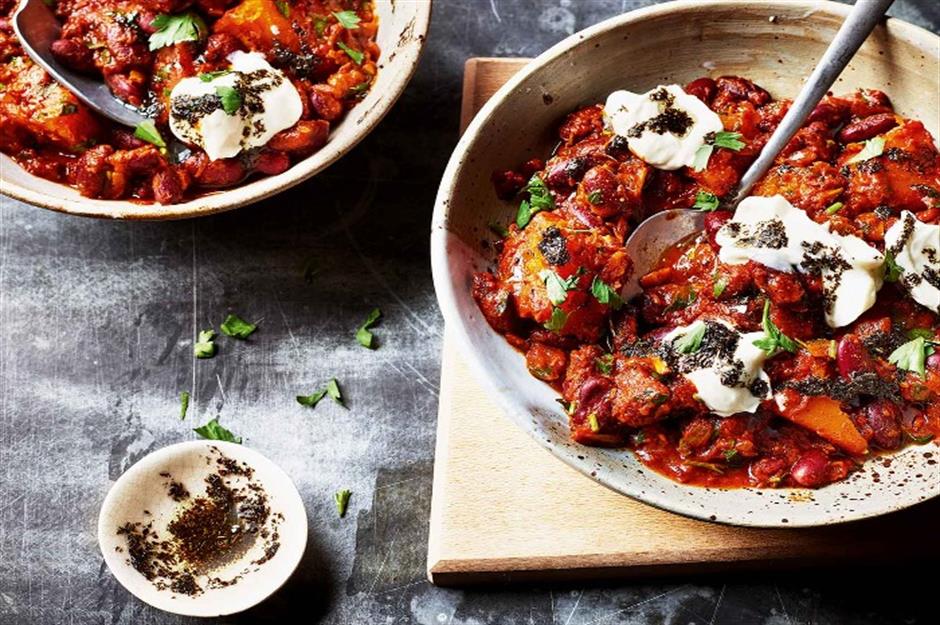
Reach for the vegetable oil when you need a versatile, neutral oil for cooking. It’s too neutral for drizzling or finishing dishes. Vegetable oil has a smoking point of 220°C (428°F) which is suitable for deep frying, and it’s useful for pan-frying anything from aromatics and vegetables to eggs and meat. Cook our spicy kidney bean and sweet potato stew, served with cooling yogurt and an aromatic mint oil
Sunflower oil
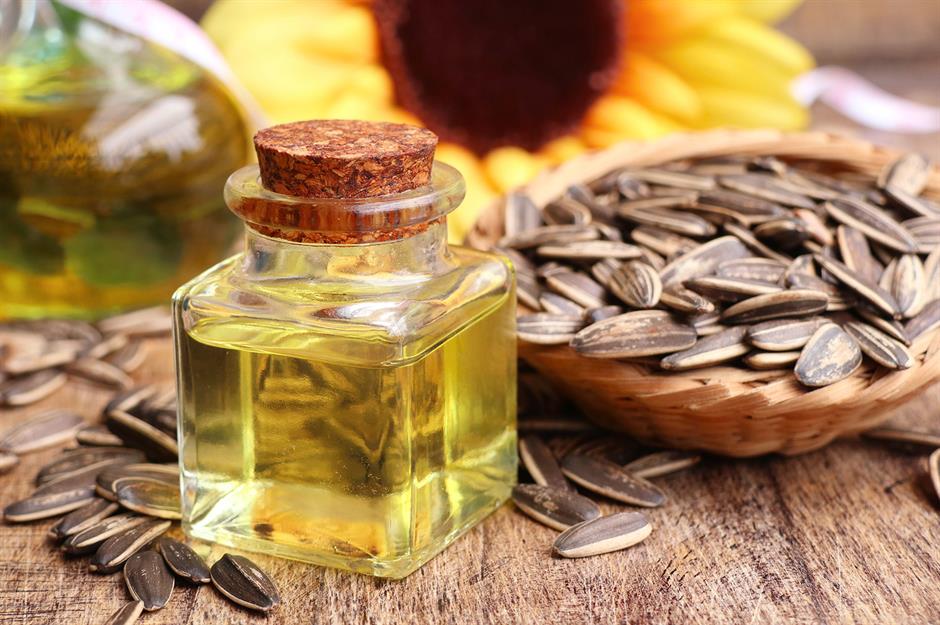
Cooking with sunflower oil
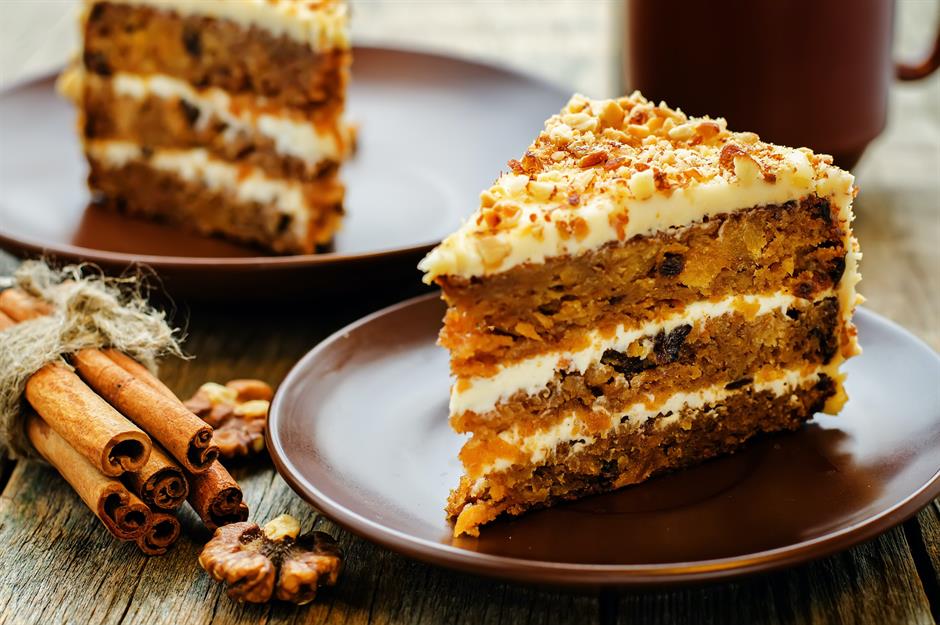
Sunflower oil is a good all-purpose oil. It can be used for shallow or deep frying as it has a high smoking point of 232°C (450°F). It balances out stronger flavoured oils in a vinaigrette, but it doesn't have a distinctive enough taste for drizzling or finishing. Sunflower oil is great in both sweet and savoury dishes, and is a must in a classic carrot cake with cream cheese frosting.
Coconut oil
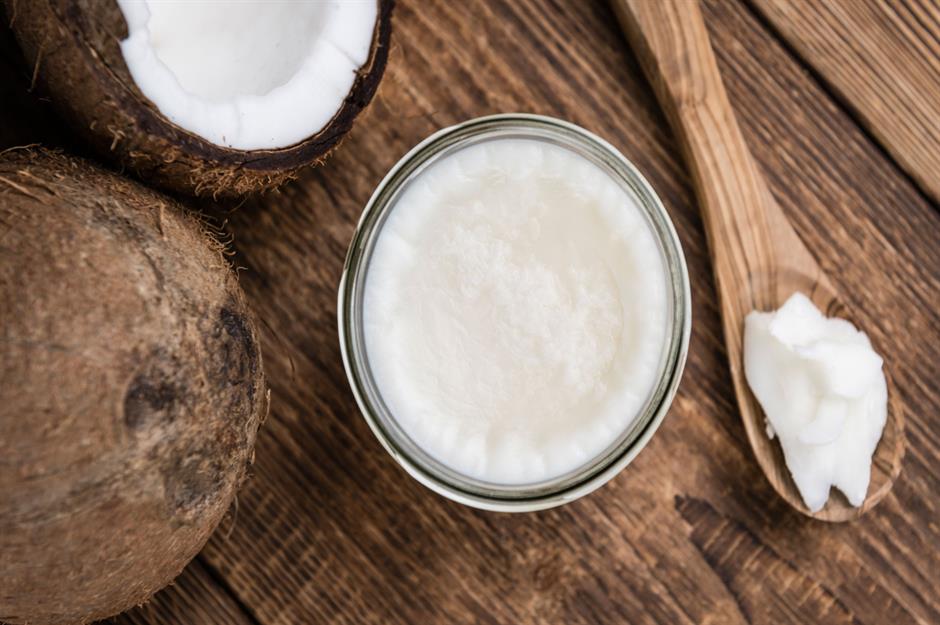
Cooking with coconut oil
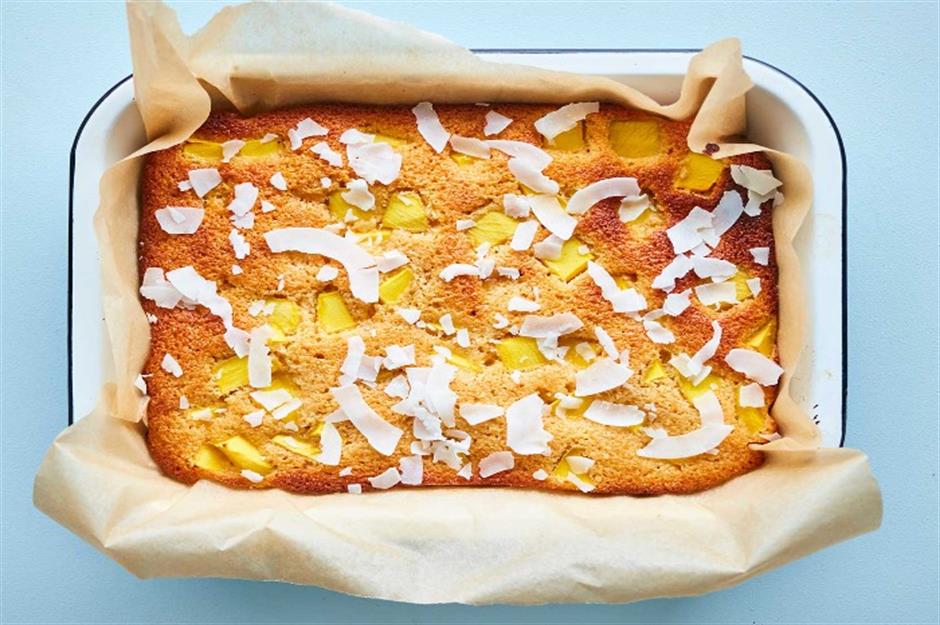
Unrefined coconut oil has a low smoking point of 177°C (350°F) which makes it more suitable for baking. It can be melted for baking, , and is often used to add flavour to curries. Refined coconut oil has a much higher smoke point of 232°C (450°F), which makes it well-suited for making stir-fries. We love it in this light sponge, with chunks of roasted mango.
Ghee
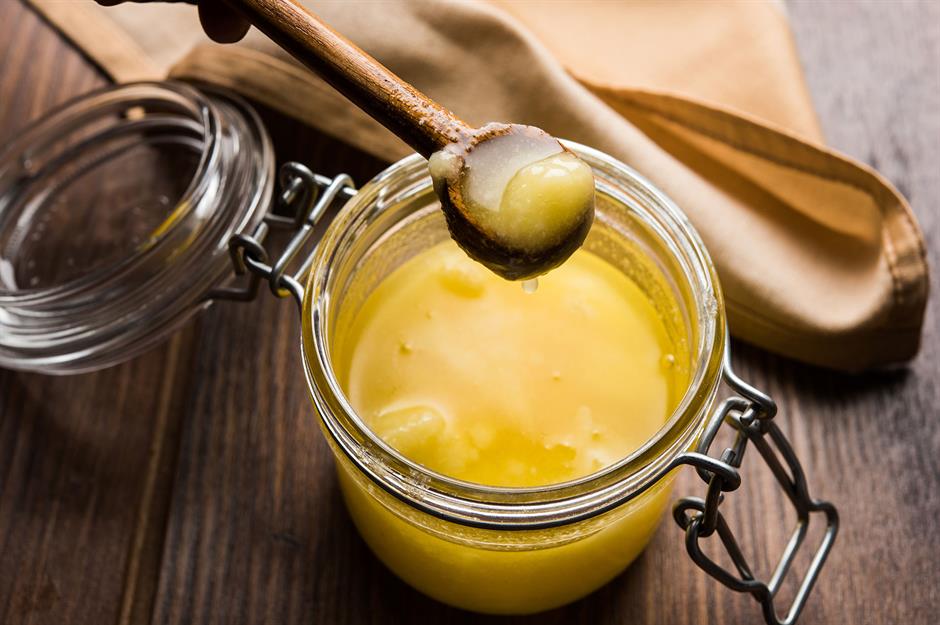
Not strictly speaking an oil, ghee is clarified butter that is solid at room temperature and melts to a liquid once heated. It is used as an oil in south and middle eastern Asian countries, especially India, Bangladesh and Pakistan. Ghee is made by melting butter and separating the liquid fat from the milk solids.
Cooking with ghee
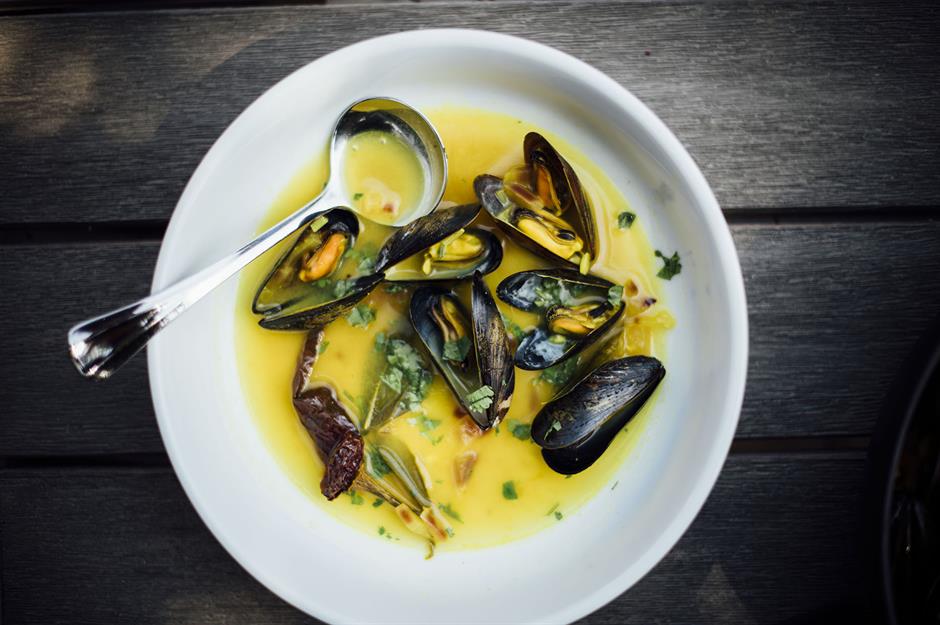
Ghee has a rich, buttery flavour and high smoking point of 251°C (485°F). It’s versatile and can be substituted for oil and sometimes butter in many recipes. Ghee makes buttery, fresh chapati or delicious curries. Heating aromatics in a flavourful fat like ghee will also add extra depth of flavour to the dish, just like in our fragrant turmeric and lime mussel broth recipe.
Rapeseed oil
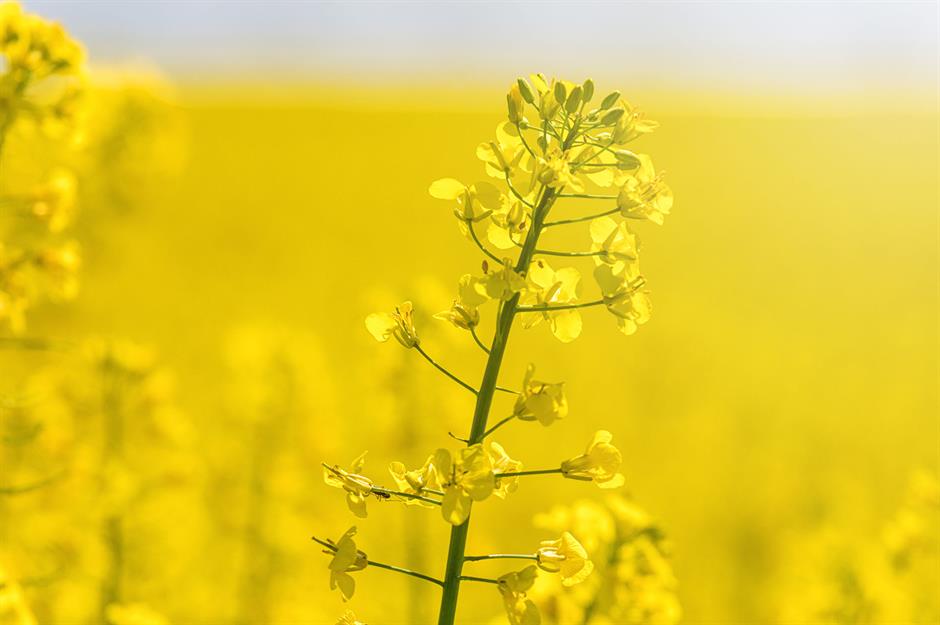
Rapeseed oil is made by pressing and extracting oil from the seeds of bright yellow rapeseed flower. Some British chefs prefer to use refined rapeseed oil over olive oil, because it uses more local ingredients. In the US, rapeseed oil is similar to canola oil; they come from the same family, where the canola plant was developed through cross-breeding with the rapeseed plant.
Cooking with rapeseed oil
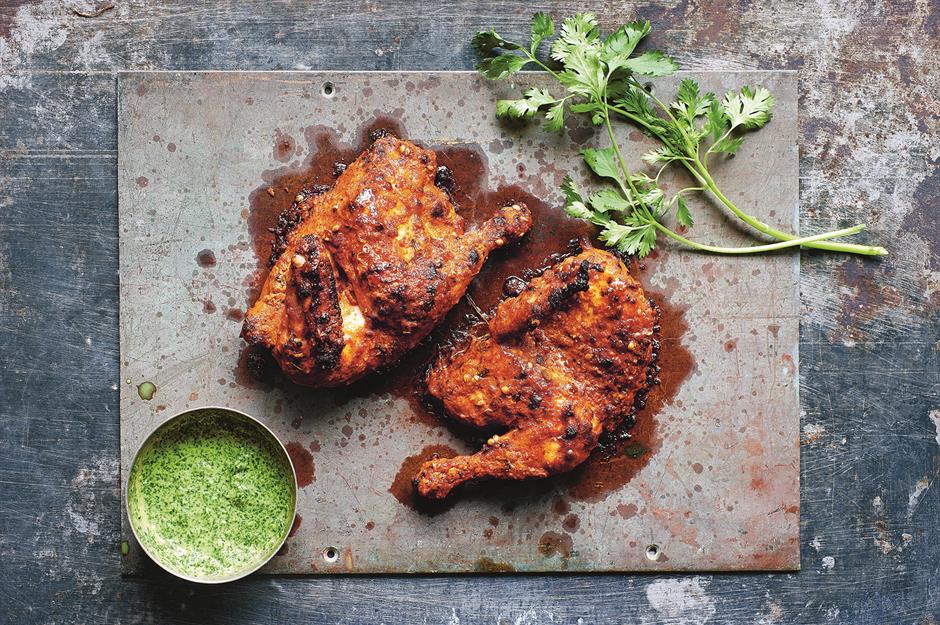
Rapeseed oil can be used in place of olive oil, vegetable or sunflower oil. It has enough flavour to bring interest to a salad dressing, but it’s neutral enough to work in dark chocolate brownies. Refined rapeseed oil has a high smoking point of 220°C (430°F), whereas unrefined cold-pressed smokes at 150°C (300°F) and is better suited to dressings and drizzles. Rapeseed oil is also a great oil to infuse with spice then use in our tandoori chicken.
Get the recipe for tandoori chicken here
Grapeseed oil

Cooking with grapeseed oil
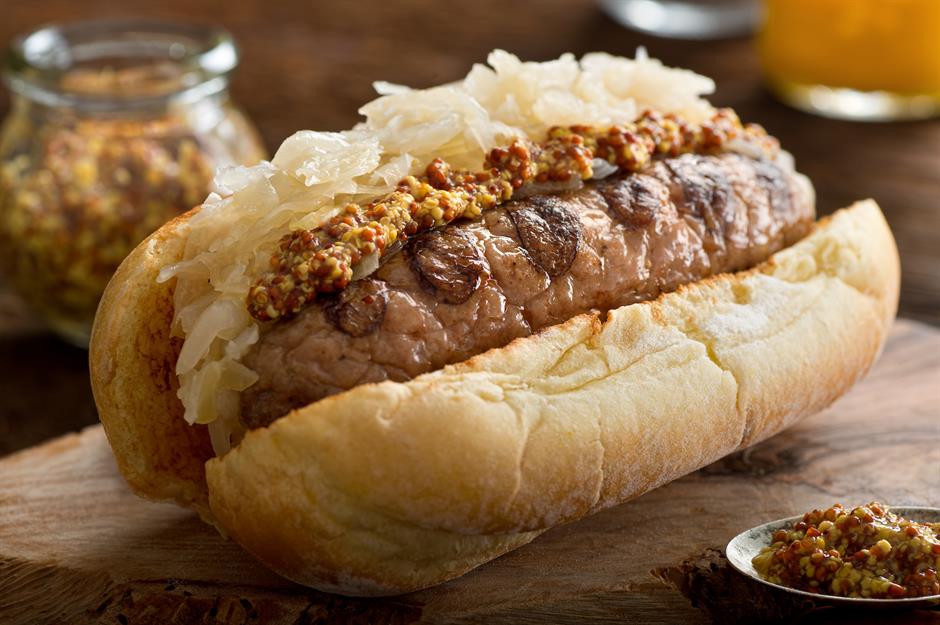
Use grapeseed oil for shallow frying as it has a moderately high smoking point of 216°C (421 °F). It is light and odorless, so many chefs prefer it to other oils to let other ingredients shine whilst still carrying flavour. It works a treat in our hot dog recipe, where it's used for sauerkraut and caramelised onions.
Get the recipe for hot dogs here
Sesame oil
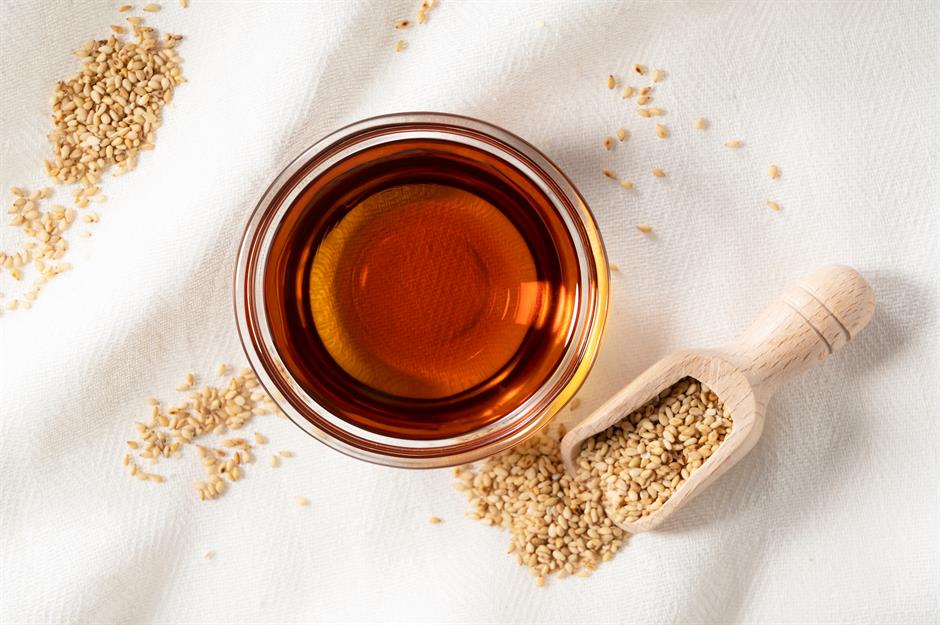
Cooking with sesame oil
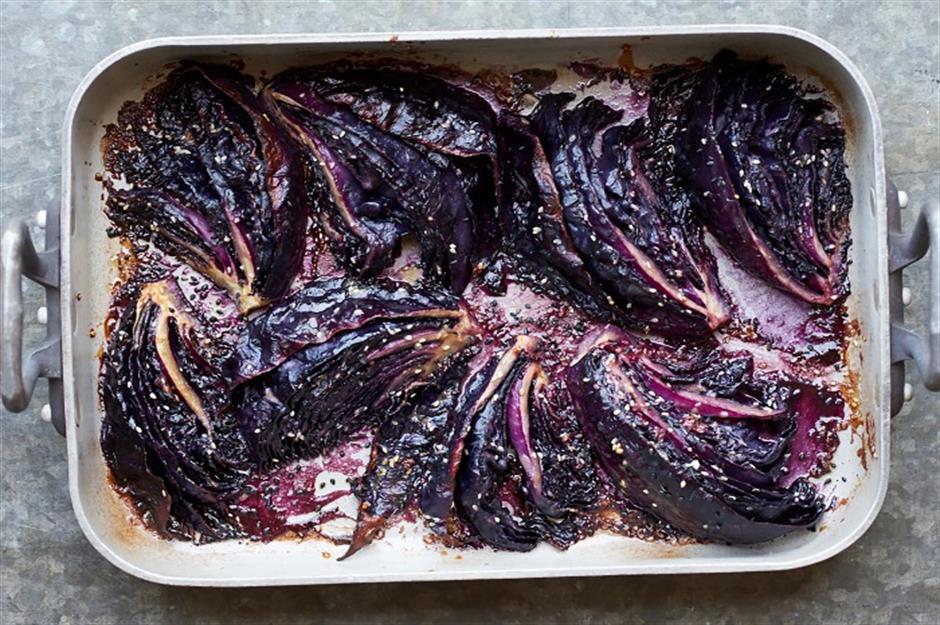
Whereas untested sesame oil can be used in cooking instead of peanut or sunflower oil, toasted sesame oil is used as a final drizzle or as a dressing. It's strong and, although expensive, you only need a little. In our roasted red cabbage recipe, it's in a Japanese-style dressing with savoury miso paste and sweet mirin.
Walnut oil
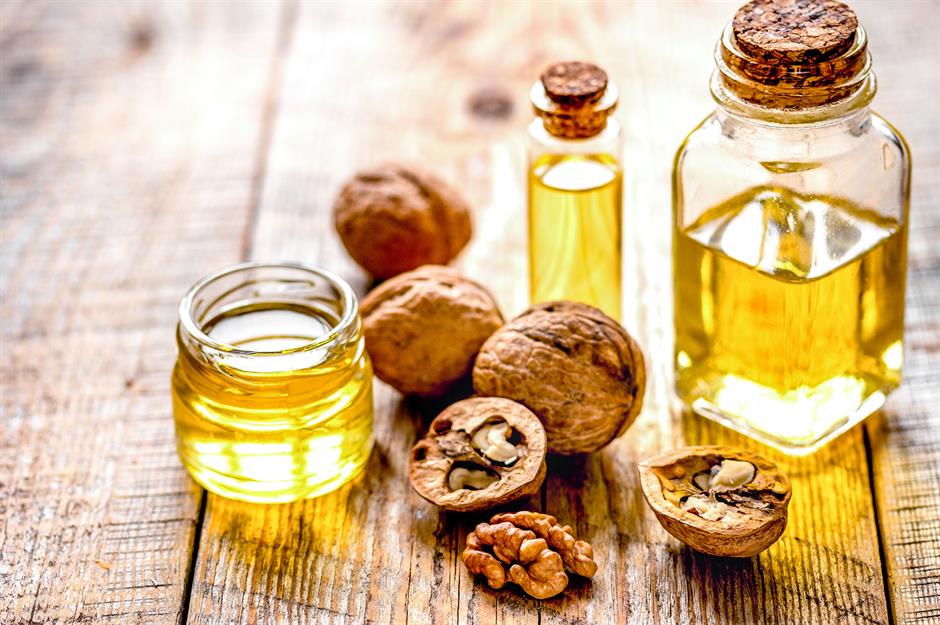
How to cook with walnut oil
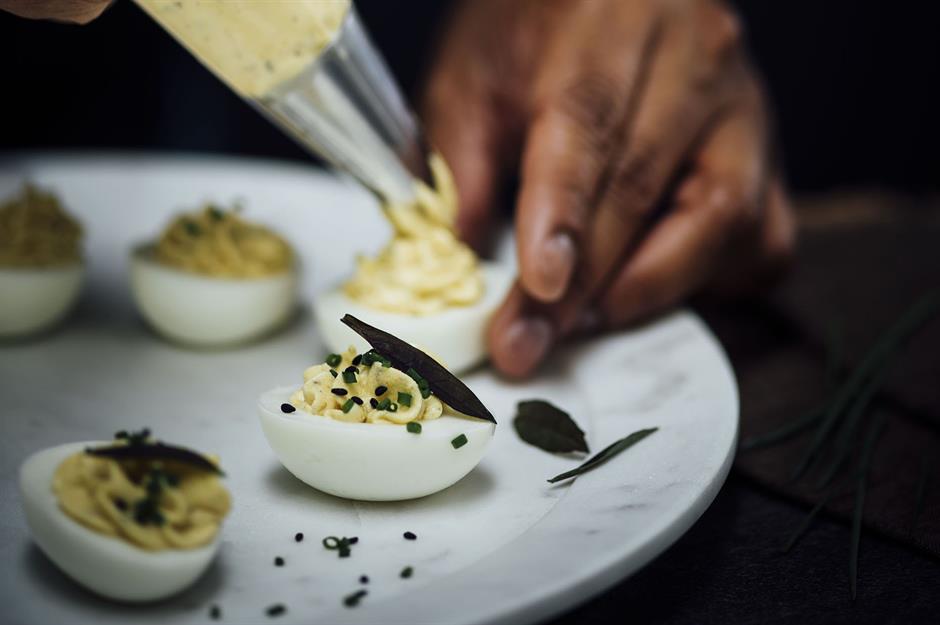
Walnut oil is a finishing oil or is used in salad dressings. It shouldn't be heated which would destroy its intense, nutty flavour. In our recipe for devilled eggs, the retro canapé is given a makeover by combining the walnut oil with tahini, lemon and za'atar, a Middle Eastern spice blend of dried oregano, thyme, sumac and sesame seeds.
Peanut oil
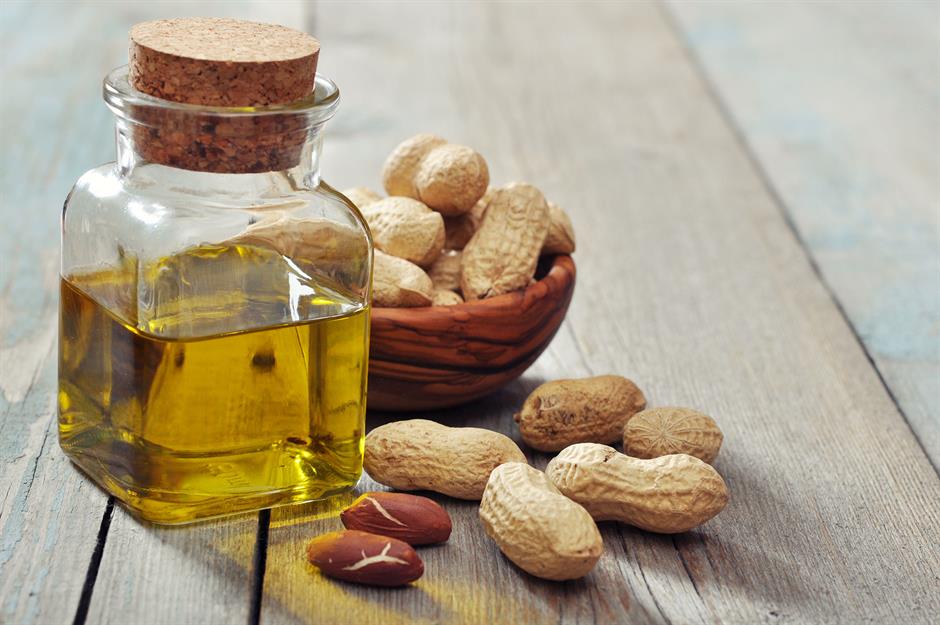
Cooking with peanut oil
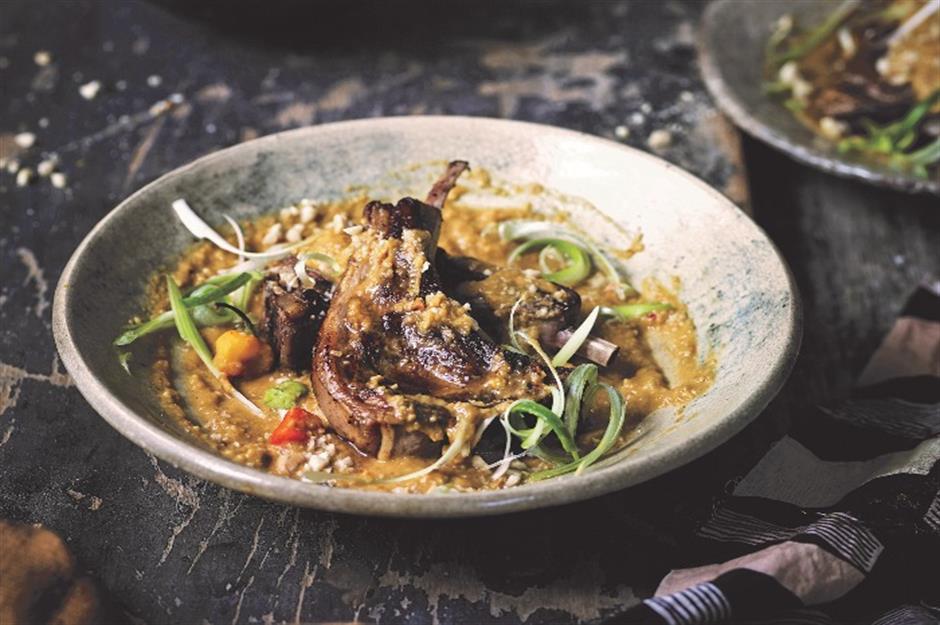
Unrefined peanut oil has a smoke point of 160°C (320°F) and is used as a finishing oil, much like sesame oil. Refined peanut oil is more stable and has a higher smoke point of 232°C (450°F), which makes it suitable for deep fat frying. For peanut lovers, try it in our recipe for seared lamb cutlets in a peanut sauce. It's spicy and aromatic, with a lovely crunch from roasted peanuts.
Avocado oil
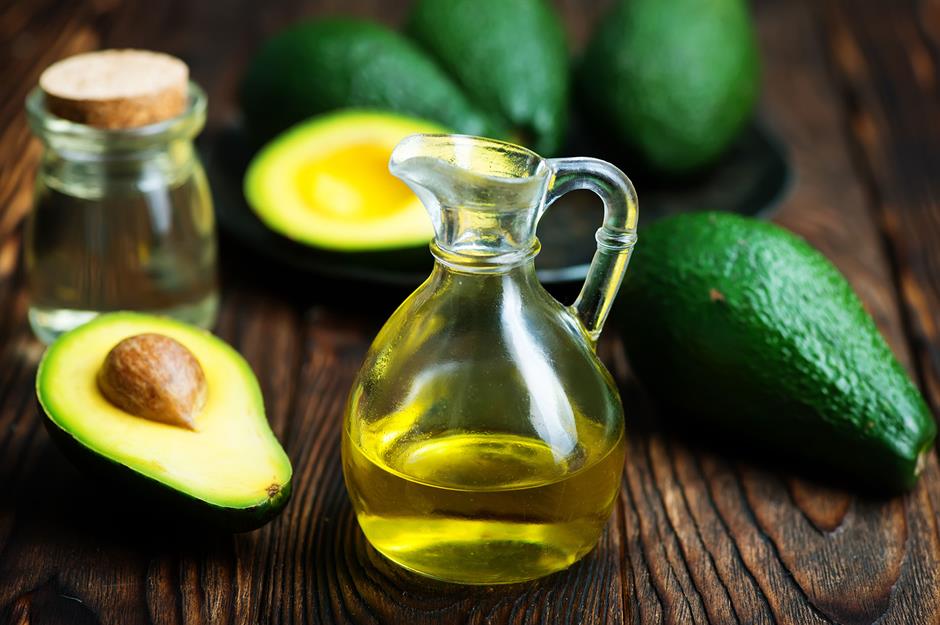
Cooking with avocado oil

Rice bran oil
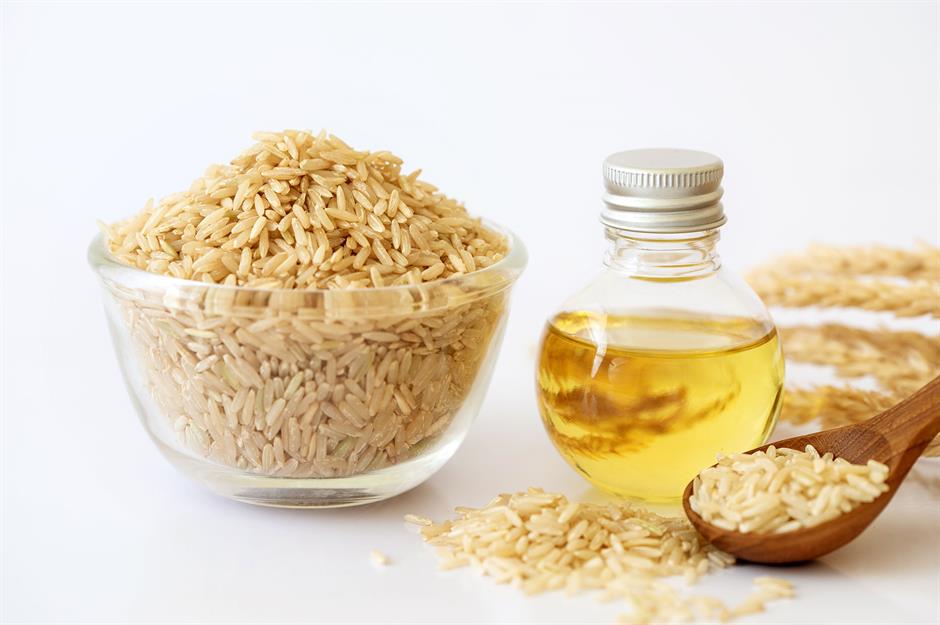
Cooking with rice bran oil

With a high smoke point of 232°C (450 °F) and mild flavor, rice bran oil is often used for high-temperature cooking like deep-frying or stir-fries. It is also useful to season woks or cast iron pans, because of its high smoke point. It has a nutty, slightly sweet flavour so it works well in salad dressings.
Hemp oil
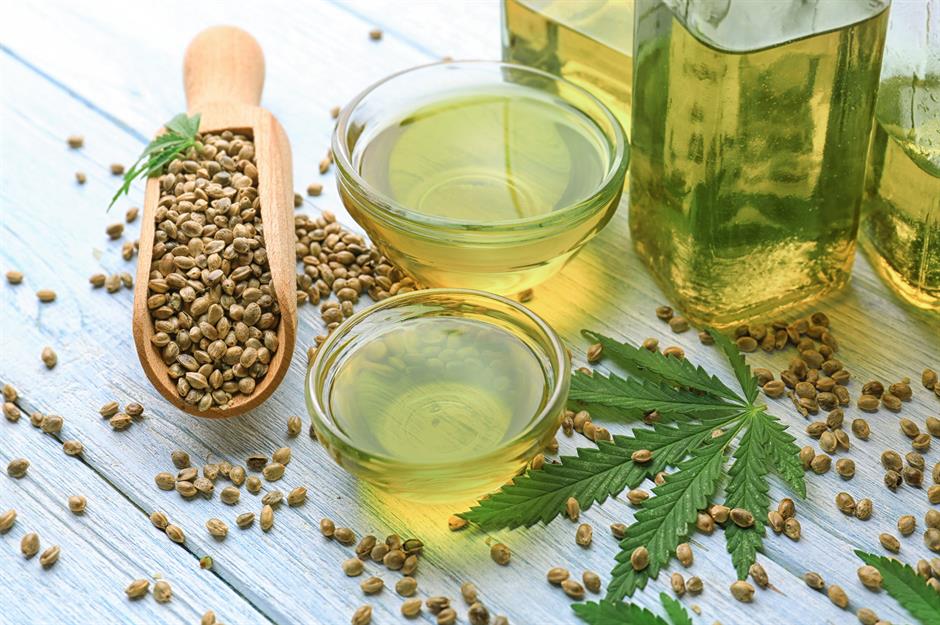
Cooking with hemp oil
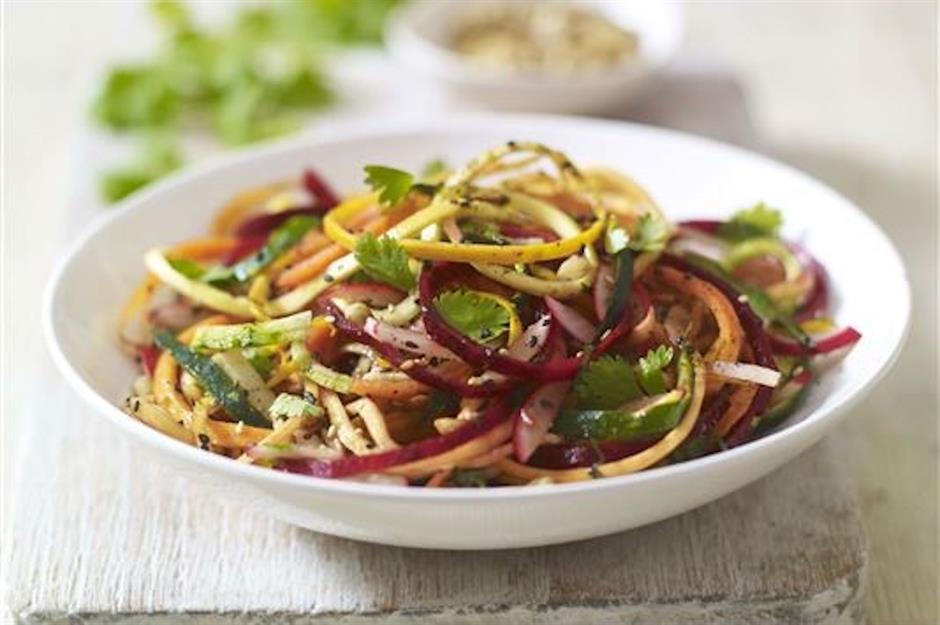
You will typically find unrefined hemp oil in health food shops. Because of its nutritional properties – it helps to reduce cholesterol – it is usually a finishing oil. It works particularly well in salads, so try our health-boosting spiralized vegetable salad which is full of vitamins and minerals.
Infused oils
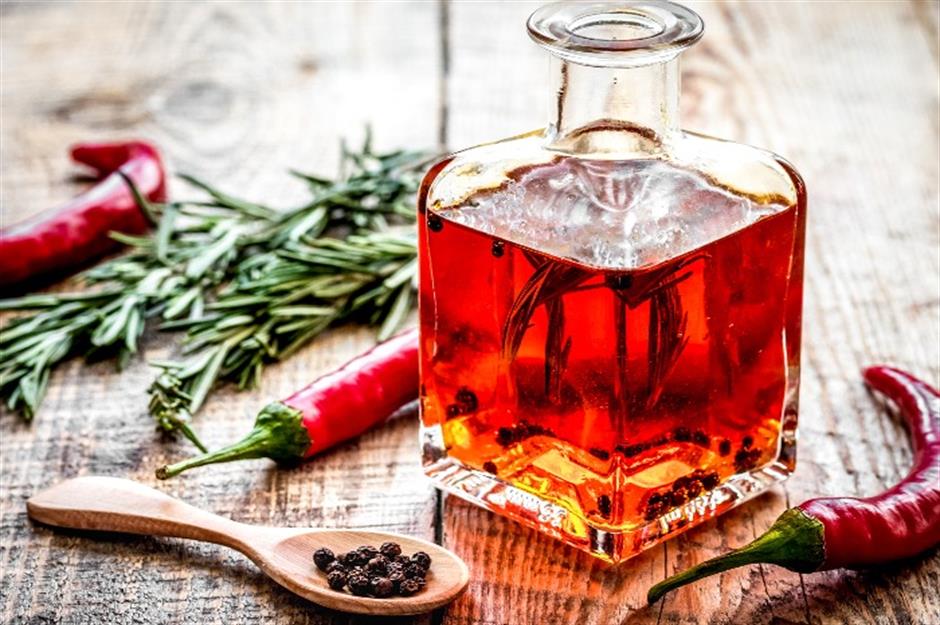
You can buy infused oil, but it's really simple to make your own at home. Light olive oil is often used as a base for chilli oil, as it’s a good finishing oil for pasta and pizza, but any neutral oil, such as peanut or sunflower, will carry the infused flavour and transform a dish.
A note about palm oil
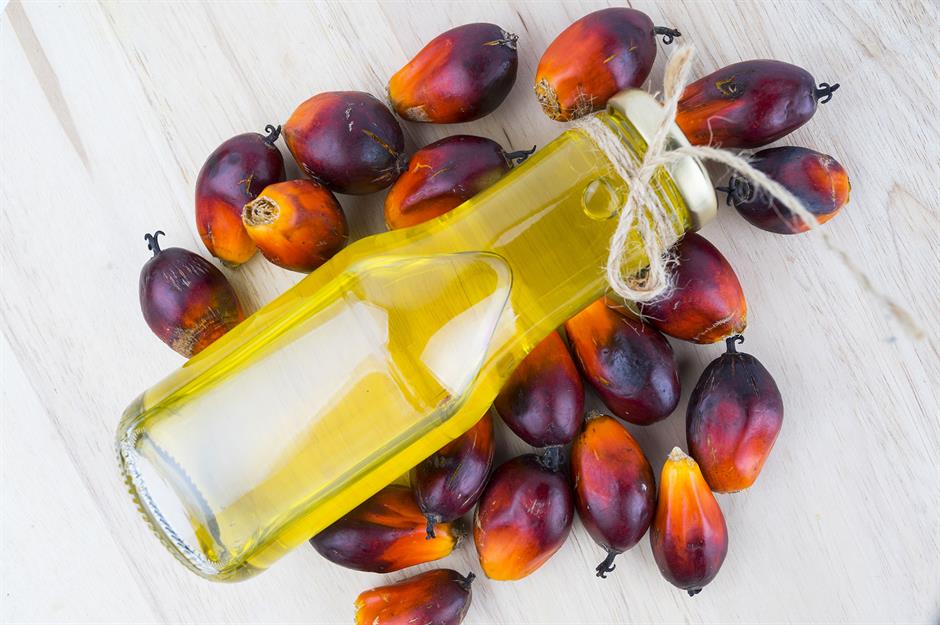
Palm oil is a vegetable oil made from the fruit of oil palm trees. It’s most commonly found in mass-produced foods like chocolate and margarine, as well as shampoo and makeup. Mass produced palm oil is severely destructive to the environment and it's best to avoid products containing palm oil as much as possible. You can still buy sustainable cold-pressed palm oil to cook traditional recipes from West Africa, Indonesia or Malaysia where palm oil trees grow.
Comments
Do you want to comment on this article? You need to be signed in for this feature